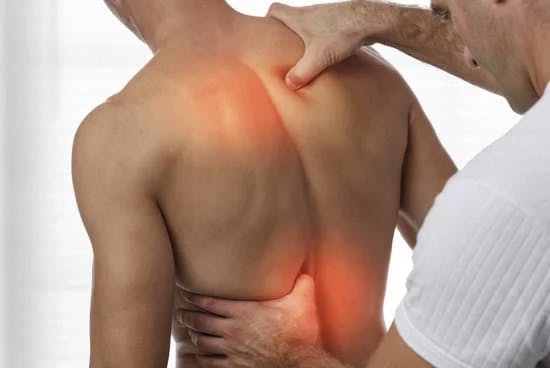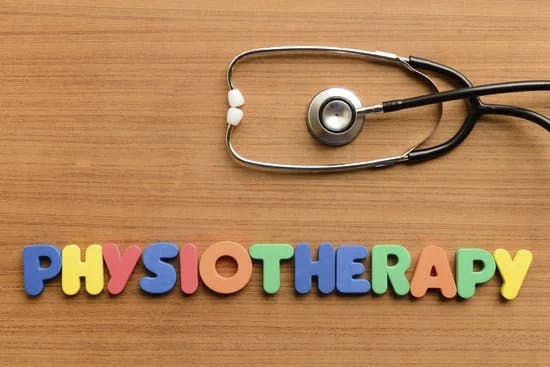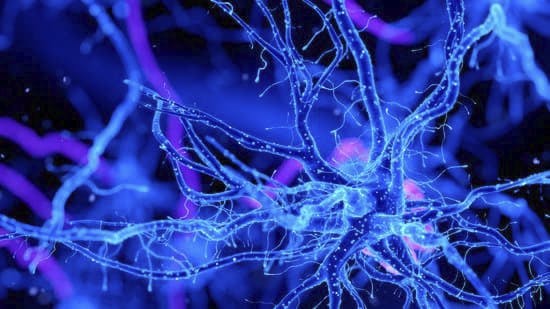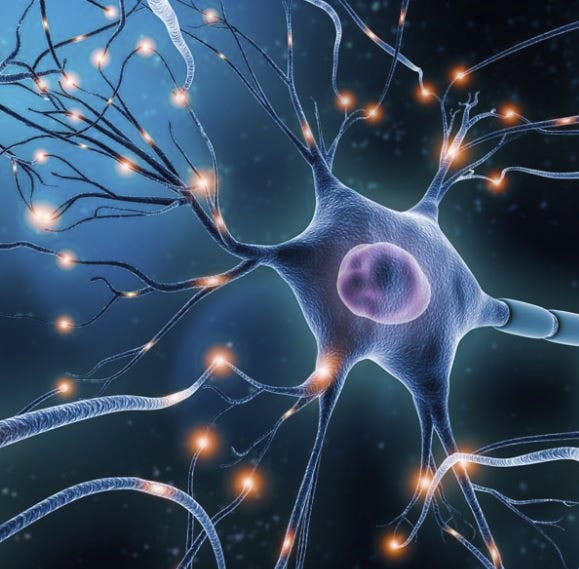
People frequently have the misconception that sports physical therapy is only beneficial for individuals who participate in sports on a professional level. This, however, could not be further from the truth, as this form of physiotherapy can be of use to everyone who participates in sports on a regular basis, regardless of whether they are professional, semi-professional, or amateur athletes.
The primary goals of sports physical therapy are to, first and foremost, avoid injuries and then treat those that do occur.
Injury prevention

In order to achieve the best possible results in the professional setting, the physiotherapist is required to work in conjunction with the athlete’s physical trainer, his traumatologist, his nutritionist, his doctor, and any other professionals who are responsible for monitoring the athlete’s health. The treatment you receive will be suited to the sport you participate in and the time of day that the session takes place; for instance, if it takes place before or after a competition, at the start or the finish of the season.
These therapies are meant to limit the chance of injury by improving muscular condition and flexibility, minimizing overloads, and giving specific attention to parts of the body where the patient has incurred injuries in the past.
Enhancing an athlete’s performance is another benefit that can be gained by receiving the treatment. Because of the sessions, his muscles are going to be in the greatest possible condition, he is going to have greater flexibility, there is not going to be any muscular overload, and his prior injuries are going to be under control.
However, as was just said, even the most skilled athletes are not immune to the risk of injury. Anyone who participates in physical activity runs the risk of experiencing it. For this reason, those who participate in sports as a pastime should also go to a physiotherapist who monitors their activity, even though it is true that the preventive treatment they receive will not be as comprehensive as that received by professionals.
Injury treatment and rehabilitation

There are instances when injuries just cannot be avoided, despite the best efforts of the entire team that works together to provide medical care for the athlete. In this particular scenario, the physiotherapist’s responsibility is to ensure that the athlete makes a full recovery. It is also in his best interest to complete it as quickly as possible, as the sooner he gets back to his normal routine, the less muscular atrophy he will experience. However, the recuperation must always be carried out with assurances, taking into account that there is no danger to the patient’s health. It is a procedure that is carried out in phases, with the level of difficulty steadily rising throughout. Again, the entire team that is responsible for monitoring the athlete’s health and fitness needs to get involved in his healthy recuperation in order for it to be successful.
The patient will be released from the hospital once the rehabilitation stage has been completed and the attending physician and physiotherapist agree that it is time to do so. However, the task of the physiotherapist is not finished here since, to prevent further injury, he must ensure that the wounded area is not overworked in any way. In addition, in the future, when applying new therapies, you will have to consider the region of the injured body.
Being in the best possible physical shape is necessary for an athlete. Because of the physiotherapist, he will be able to participate in a tailored program that will take into account his particular sporting niche, his present physical condition, and any injuries he has sustained in the past.
Physical Therapy Austin Texas

If you’re looking for the best physical therapy in Austin, look no further than Austin Physical Therapy Specialists. They offer top-notch services and are known for being one of the best physical therapy clinics in town. Plus, their staff is highly experienced and knowledgeable, so you’re guaranteed to get the best care possible.












